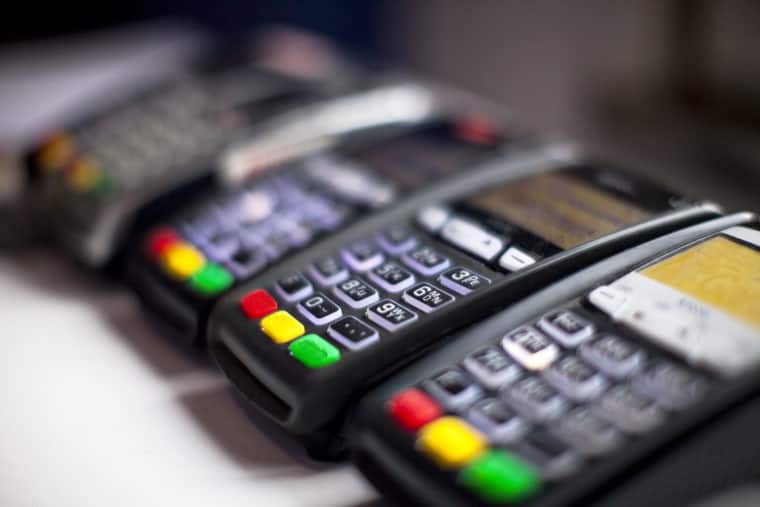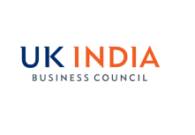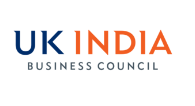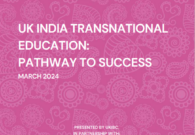Cash payments are becoming a thing of the past in urban India
A quiet revolution is underway in urban India surrounding the way customers are paying for consumer goods, with cards and consumer finance overtaking cash as the dominant mode of settling bills.

Cards are becoming the primary method of settling bills in urban India.
According to an article in the Economic Times of India, purchases made via cards accounted for 55-60 per cent of all white goods and smartphones bought during Independence Day sales in large cities. For the first time, this trend has been seen in the lifestyle retail, and food and grocery sectors.
Companies ranging from Panasonic and LG in the electronics sector to sportswear giants Puma, have all noticed the trend, with the latter claiming an increase in non-cash transactions from 49 per cent of all purchases in July 2015 to 53 per cent this year.
Non-cash transactions are estimated to grow by over 45 per cent by 2020, said Devang Mody, President of Consumer Business at Bajaj Finance. He commented, “Already in large stores in metros, around 90-95 per cent of transactions are non-cash. Of this, 55 per cent is estimated between credit and debit cards, while 35 per cent is through EMI (equated monthly instalment) finance.”
In addition to this, online banking is also experiencing a surge in India. The Digital Payments 2020 report by Google and BCG showed that by 2020, 60 per cent of digital payments value will be driven by physical points of sale, and more than 50 per cent of India’s internet users will use digital payments.
The growth of the e-commerce industry in India, combined with changing habits among the younger generation, has contributed to the digitisation of financial transactions in India. Young Indians want to be able to transfer funds quickly and without hassle – something that old methods such as cash and cheque payments do not provide.
It is a trend recognised by Sunil Srivastava, Deputy Managing Director (corporate strategy and new businesses) – State Bank of India, who said, “At SBI, about 69 per cent of daily transactions happen through alternative channels, including internet, ATM and mobile banking. We see it rising every year with more young people becoming our customers.”
According to a new joint study by Assocham and Grant Thornton, the Indian e-commerce market is estimated to grow at a compounded annual growth rate (CAGR) of 63 percent to reach $8.5 billion (Rs. 54,304 crores approximately) in 2016 on the back of growth in the penetration levels of mobile and Internet and increased consumer demand.
“The number of users making online transactions has also grown exponentially, and it is expected to increase from 11 million in 2011 to 38 million in 2015. Government of India’s plan to rebuild and modernise the Indian postal infrastructure and plan to implement Digital India will also boost the e-commerce sector,” says the study.
With India’s online users set to double to 730 million by 2020, far ahead of the US and second only to China in numbers, there lies a significant opportunity ahead for further growth in the online banking sector.







